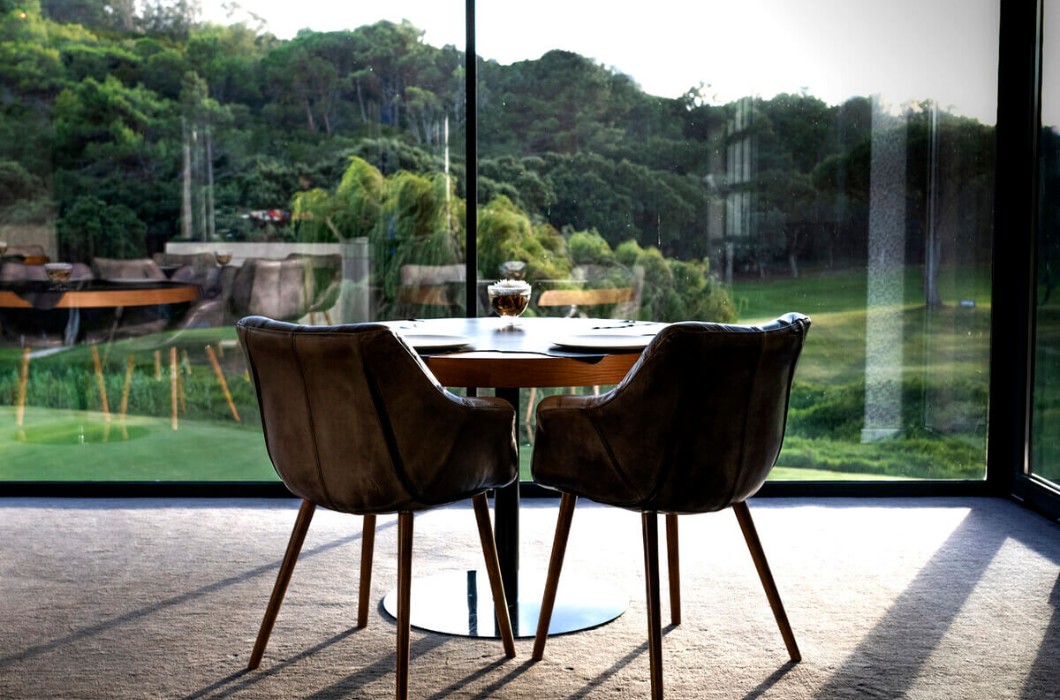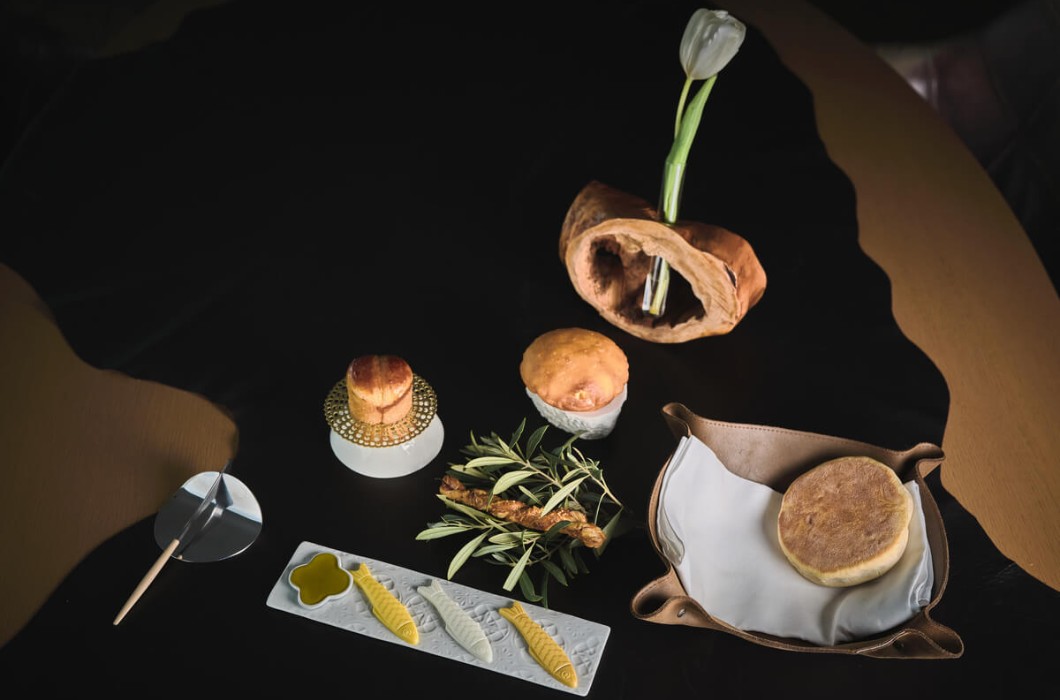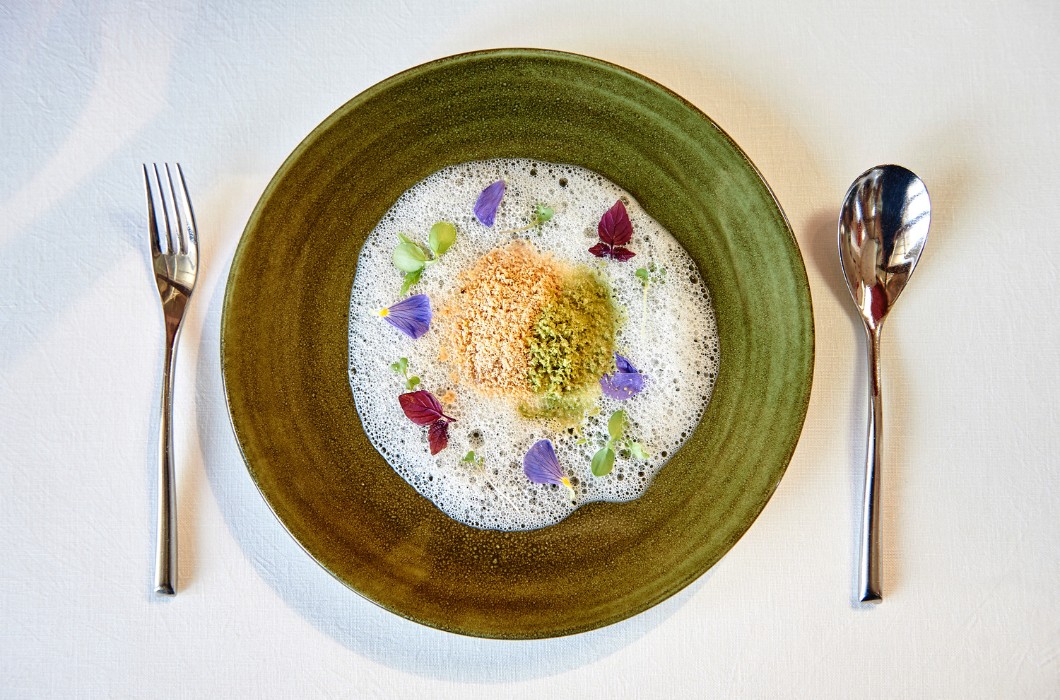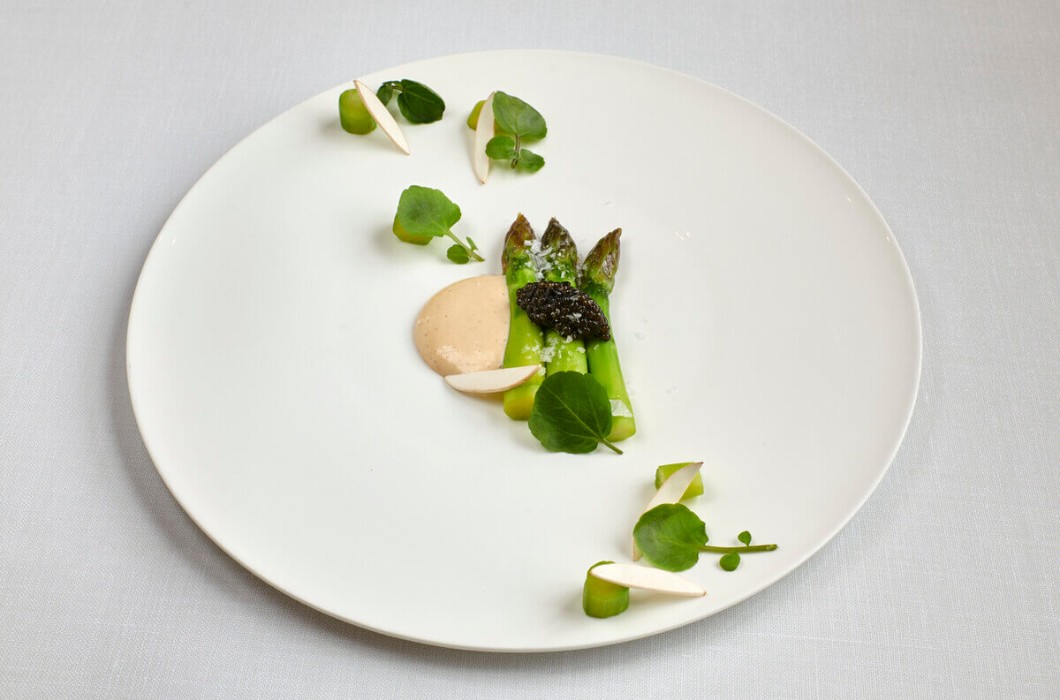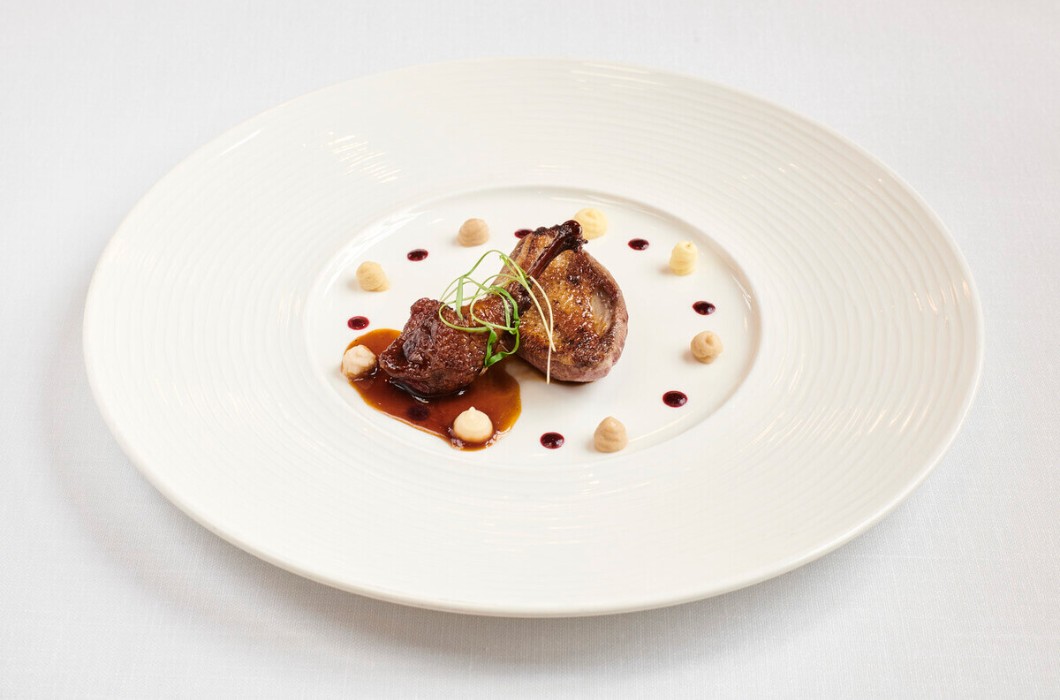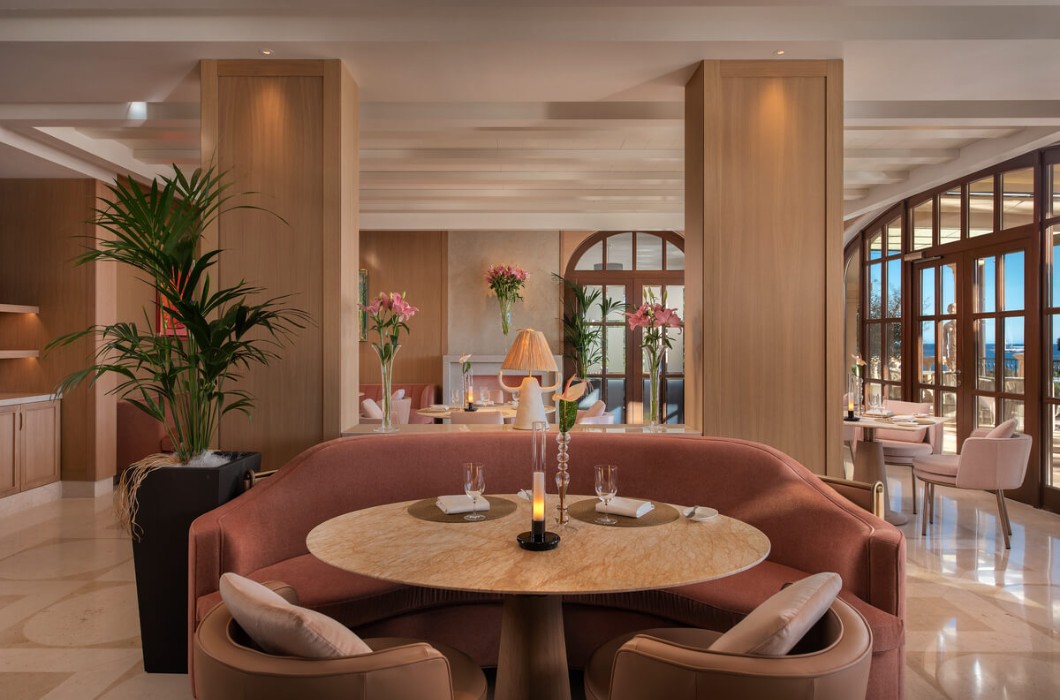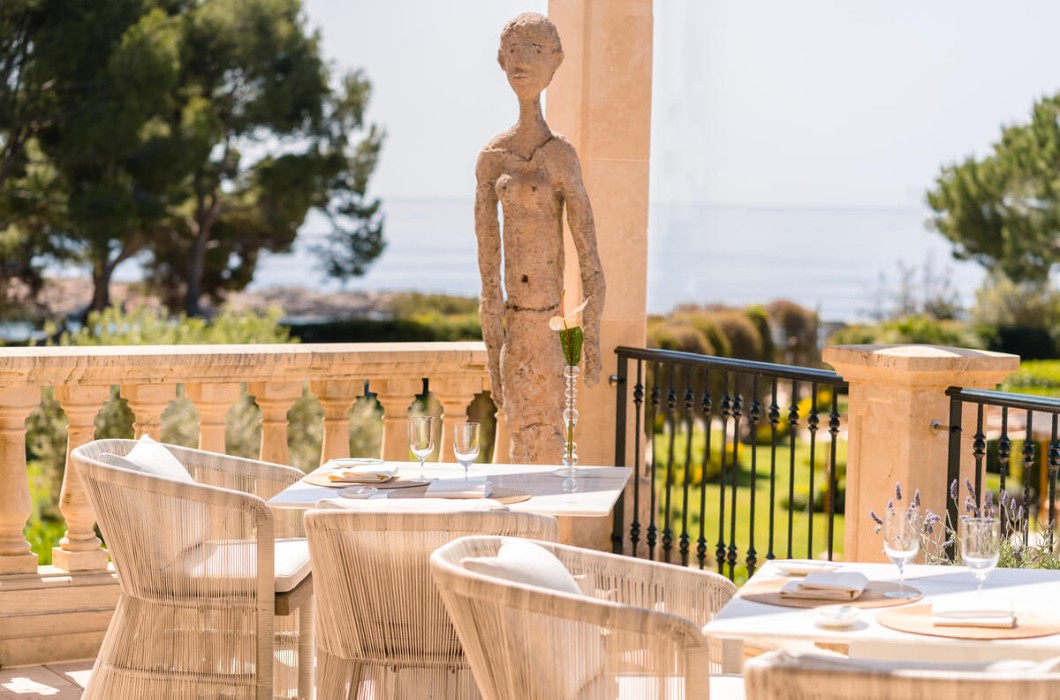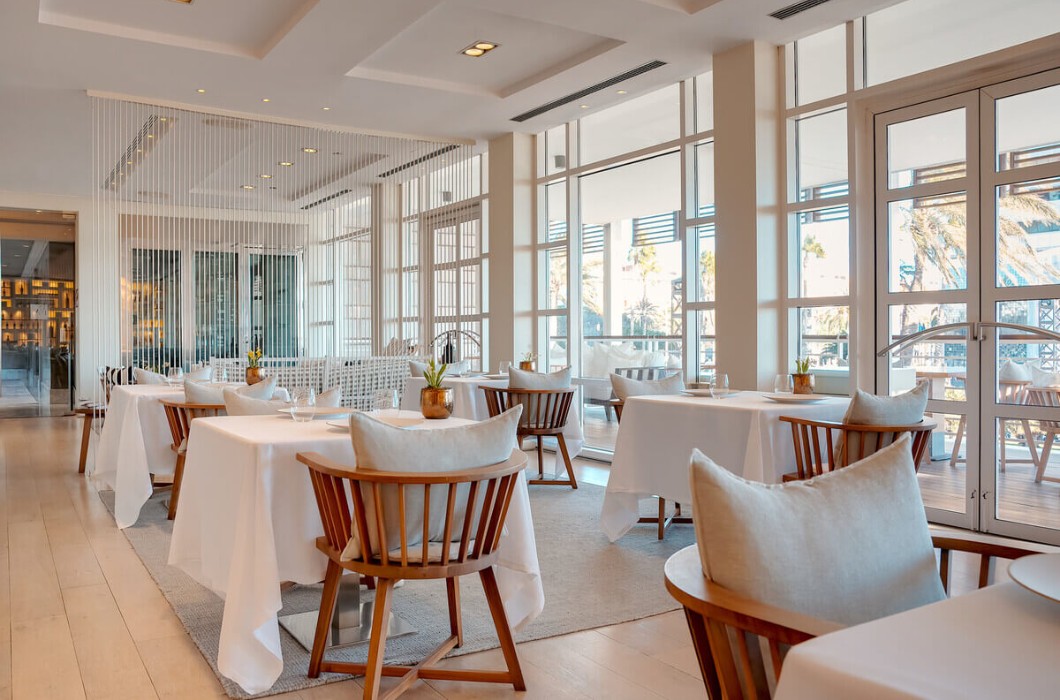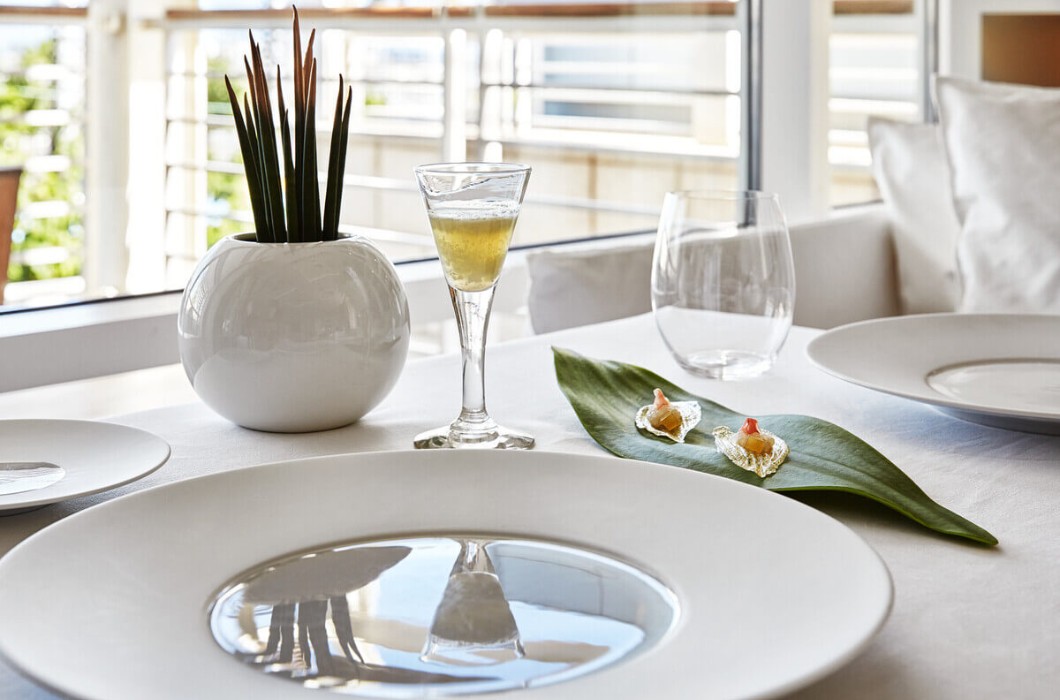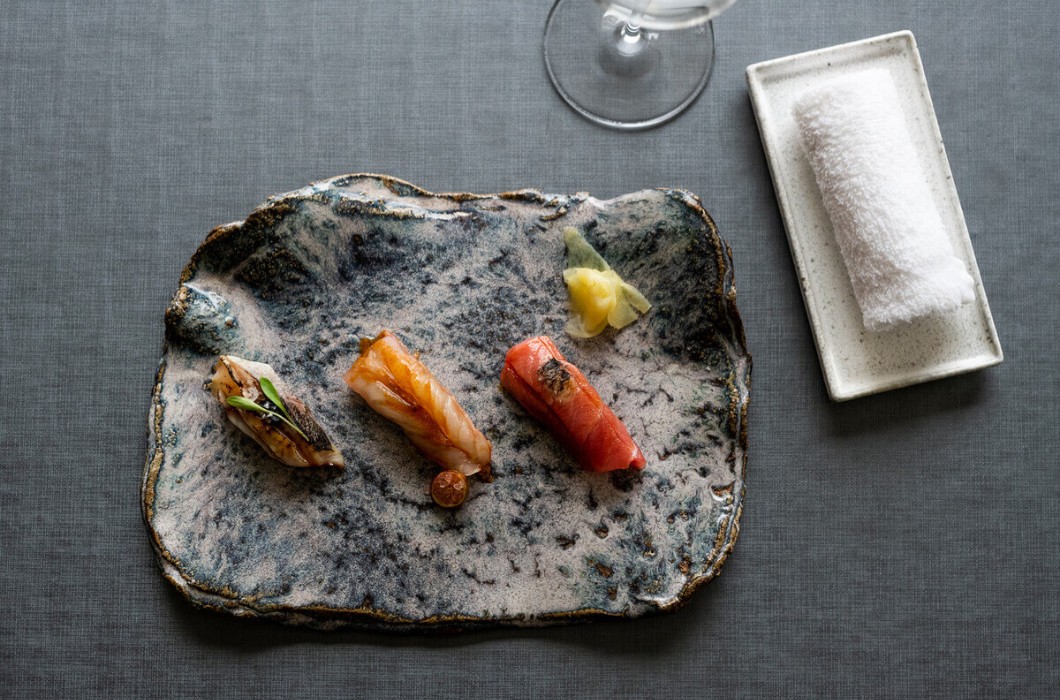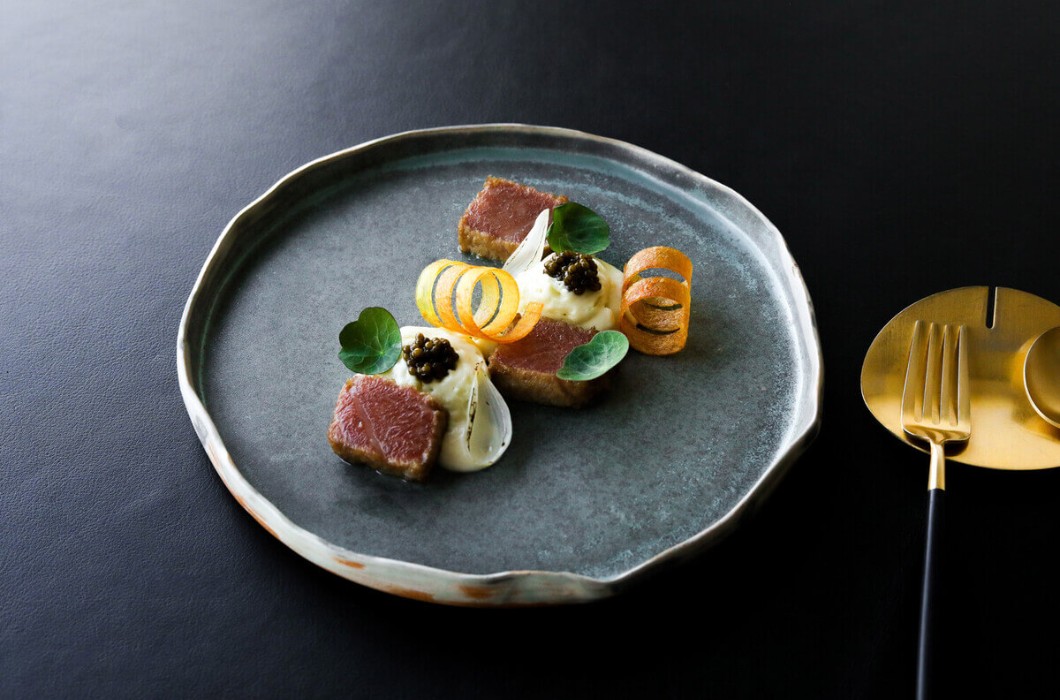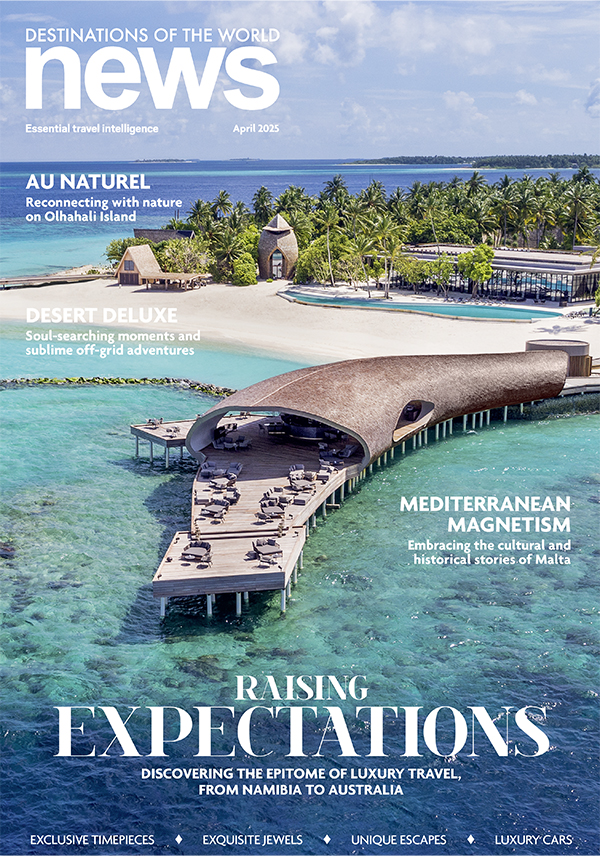Delve down the rabbit hole of history and it’s clear why the flavours of the Iberian Peninsula are so diverse. From the Phoenicians and Romans to the Visigoths and Moors, a long line of visitors have added their influence to the culinary repertoire of the region, where recipes were heavily influenced by the peninsula's diverse landscapes and expansive coastline. Today, Spanish and Portuguese chefs are able to draw upon that rich culinary heritage to create dishes that defy expectations and push boundaries; chefs like Miguel Navarro, Paco Pérez and Sergi Arola, whose restaurants are recognised as being among the best in the world. Each has their own unique style, united by a handful of traits: respect for ingredients and provenance, a deep knowledge of the land and its culinary culture, and a strong sense of personal history and evolution, creating a heady blend of dining, drama and discovery. And all five are members of The Luminary Set, a collection of critically acclaimed restaurants in Europe and the Middle East.
www.theluminaryset.com
1. LAB BY SERGI AROLA
Sintra, Portugal
Rockstar Catalan chef Sergi Arola likes to do things differently, which is no surprise given his resume. Having cut his teeth working alongside chefs like Ferran Adrià and Pierre Gagnaire, his approach to cooking is creative and fearless, with an attention to detail that makes every dish a work of art. Nowhere is this more apparent than LAB by Sergi Arola, where fresh, seasonal Portuguese ingredients are conjured into fantastical creations that look as good as they taste.
Three tantalising tasting menus — From Inside the Mountain, Chef’s Garden and From Outside the Mountain — blend classic Portuguese flavours with a dash of international exiticism: think Hokkaido pumpkin on the vegetarian menu and Portuguese molejas (sweetbreads) with a vindaloo twist. Helmed by Cape Verdean resident chef and former professional football player Vladimir Veiga, LAB also sports a wine list with 550 labels and a handsome collection of Cognac and Armagnac.
2. MARQUÉS DE RISCAL
El Ciego, Basque Country
Nowhere epitomises the marriage of old and new that infuses modern Spanish cuisine more than Marqués de Riscal, where chef Francis Paniego blends the traditional flavours of La Rioja with a generous helping of contemporary flair. Set within the wild architectural masterpiece of Frank Gehry’s Herederos del Marqués de Riscal winery, the eponymous restaurant continues the spirit of contrast that seeps through Spain’s most famous winemaking region, torn between time-honoured traditions and the pull of modernity.
The restaurant’s tasting menu celebrates both: simple classical dishes like green asparagus with imperial caviar, or croquettes “recipe I borrowed from my mother”, are complemented by contemporary classics like carpaccio of red prawn in viura (one of Rioja’s lesser-known white wine varietals) and crunchy chicken’s head sauce; a modern masterpiece that pays homage to this vibrant region.
3. ES FUM
Mallorca, Balearic Islands
Drawn by the pull of the tides and the circuitous currents of life, Miguel Navarro completed a culinary odyssey around the kitchens of Spain before settling in Mallorca, the island his grandmother called home. Here, fortified by his travels and the mentorship of culinary greats including Martín Berasategui and Eneko Atxa Azurmendi, he took the helm at Es Fum.
The restaurant’s Origen tasting menu is an homage to the produce and recipes of Spain’s coastal kitchens, tracing Chef Navarro's path from the Atlantic (the Canary Islands, where he is from) to the Mediterranean, where he has been based since 2017. Dishes such as lamb chop with tender asparagus and balsamic jus, or creamy red prawn rice, showcase the rich, local flavours elevated with innovative cooking techniques.
The Vegetal menu is a meat-free gastronomic experience showcasing flavour combinations discovered on Navarro’s travels in Asia and South America, along with distinctly Iberian treats. Dishes like Ohitashi-style asparagus, aji amarillo (yellow pepper) with almond and acid apple, or pea toffee with Canary Island Maxorata DOP cheese and cauliflower, exemplify his knack for blending international flavours with Spanish traditions.
4. ENOTECA PACO PÉREZ
Barcelona, Catalonia
Set on the coast of Catalonia, where myriad Mediterranean influences swirl together in a captivating culinary cauldron, Barcelona basks beneath a bright canopy of Michelin stars. Two of those belong to Enoteca Paco Pérez, helmed by the eponymous chef who found his way to stardom in the Catalonian port town of Llançà at Miramar, having learned his craft in France alongside godfather of nouvelle cuisine Michel Guérard.
Today, Paco Pérez delights in dazzling his guests by extracting the essence of seasonal ingredients from the gardens, mountains and waters of his beloved Costa Brava, transforming humble elemental products into elegant works of art. Enoteca itself is no ordinary dining room, but a perfectly positioned gallery upon which the chef’s culinary creations are exhibited; a bright and breezy space overlooking the bounteous Mediterranean, source of inspiration and wonder.
5. MIDORI
Sintra, Portugal
Portuguese sailors first landed in Japan in 1543, marking the start of five centuries of cultural exchange. Perhaps the most successful outcome of that chance encounter is Midori, the first Japanese restaurant in Portugal to be awarded a Michelin star. Named after the Japanese word for green to reflect the emerald landscapes of the Serra de Sintra mountains beyond the restaurant windows, Midori is all about modern Japanese fine dining with a hint of Portuguese influence, as imagined by chef Pedro Almeida.
Originally inspired to don his apron by his mother’s traditional Portuguese cooking and the abundant farms where he grew up, Almeida’s passion for Japanese gastronomy was flared during extensive travels in Japan. Won over by the discipline, perseverance and attention to detail demonstrated by Japanese cuisine, he returned brimming with ideas brought to life in Midori, where two tasting menus take diners on a culinary journey around the Japanese archipelago.





